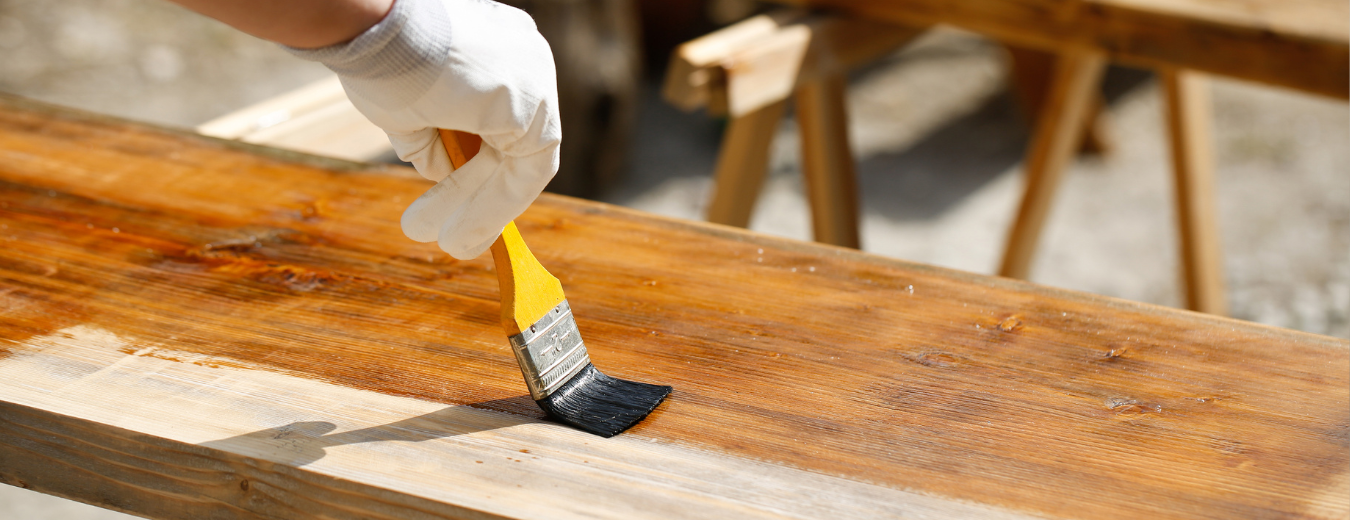
3 Tips For Painting Raw Wood
Posted on December 21, 2021
Humans have been painting wood for as long as we’ve had paint. Through the years, new ways have evolved to solve common issues when painting wood, which we will share with you today. Here are three tips the pros use when painting raw wood:
Sealants and Primer
The first issue that many first-time wood painters experience is how much paint to use. Wood is porous, so any liquid it comes into contact with will be absorbed. As such, the pros will use a sealer or primer first to seal up these pores. Primers and sealers are designed to seal the pores in the wood and create a chemical bond with the paint. Using a sealer or primer encapsulates the wood, so other paints cannot be absorbed into the grain. This saves paint (which is usually more expensive than primers and sealers), and ensures that the color of the raw wood does not bleed through the color of the paint.
Make Sure the Wood is Dust Free
In many situations, raw wood will have sawdust or other contaminants on the surface. Especially when using high gloss or semi-gloss paint, these contaminants are usually visible through the paint. As a result, most professional painters will clean wood as much as possible before applying any finish, even sealers or primers. As previously mentioned, both products encapsulate the wood and lock in any dust or debris on the surface. The pros will use air compressors, lint-free dust cloths, cheesecloth, and other materials to lift any debris from the surface, but not water. Using a cloth soaked in water may transfer the water to the wood and saturate the grain. This moisture may then displace the paint and prevent it from sticking.
Correct Blemishes First
In some cases, paint can be used to cover small blemishes in wood, like small scratches. Larger blemishes, like deep scratches and knots, can be more difficult to disguise. Professionals will often prepare these areas prior to painting so they become less noticeable. In most cases, these pros will use a wood filler, instead of caulk to fill in these voids. This is because wood filler generally dries very fast compared to caulk, so these areas can often be painted within minutes of the application. These areas must then be sanded and cleaned of course before applying paint, but it is still much faster than using caulk, as it might take hours to cure.





